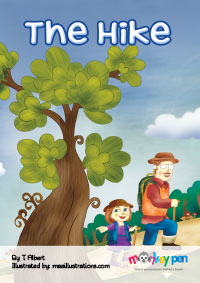

The poets had a much more casual relationship with their rulers than can be imagined in later times. Asoka's conquests did not impact on the Tamil land and the people were able to indulge in literary pursuits. The land was at peace with no major external threats. This was the period when the Tamil country was ruled by the three 'crowned kings' the Cheras, Pandyas and the Cholas.

Sangam age is considered by the Tamil people as the golden era of Tamil language. Modern linguistic scholarship places the poems between the 3rd century BCE and the 2nd century CE. Tamil tradition holds the earliest Sangam poetry to be over twelve millennia old. A significant amount of literature could have preceded Tolkappiyam as grammar books are usually written after the existence of literature over long periods. Tamil legends hold that these were composed in three successive poetic assemblies ( Sangam) that were held in ancient times on a now vanished continent far to the south of India. ( Kuruntokai – 40), a poem from the Eight Anthologies The popularity of Tamil cinema has also interacted with Tamil literature in some mutually enriching ways. Modern Tamil literary criticism also evolved. Short stories and novels began to appear. With growth of literacy, Tamil prose began to blossom and mature. The modern Tamil literary movement started with Subramania Bharathi, the multifaceted Indian Nationalist poet and author, and was quickly followed up by many who began to utilize the power of literature in influencing the masses. The later medieval period saw many assorted minor literary works and also contributions by a few Muslim and European authors.Ī revival of Tamil literature took place from the late 19th century when works of religious and philosophical nature were written in a style that made it easier for the common people to enjoy. It is during this era that some of the grandest of Tamil literary classics like Kambaramayanam and Periya Puranam were authored and many poets were patronized by the imperial Chola and Pandya empires. From the 6th to 12th century CE, the Tamil devotional poems written by Nayanmars (sages of Shaivism) and Alvars (sages of Vaishnavism), heralded the great Bhakti movement which later engulfed the entire Indian subcontinent. This was followed by the early epics and moral literature, authored by Shaivite, Vaishnavite, Ājīvika, Jain and Buddhist authors and poets lasting up to the 5th century CE.

The early Sangam literature, dated before 300 BCE, contain anthologies of various poets dealing with many aspects of life, including love, war, social values and religion.

The history of Tamil literature follows the history of Tamil Nadu, closely following the social, economical, political and cultural trends of various periods. Contributors to the Tamil literature are mainly from Tamil people from South India, including the land now comprising Tamil Nadu, Kerala, Sri Lankan Tamils from Sri Lanka, as well as the Tamil diaspora. The oldest extant works show signs of maturity indicating an even longer period of evolution. Tamil literature has a rich and long literary tradition spanning more than two thousand years.


 0 kommentar(er)
0 kommentar(er)
